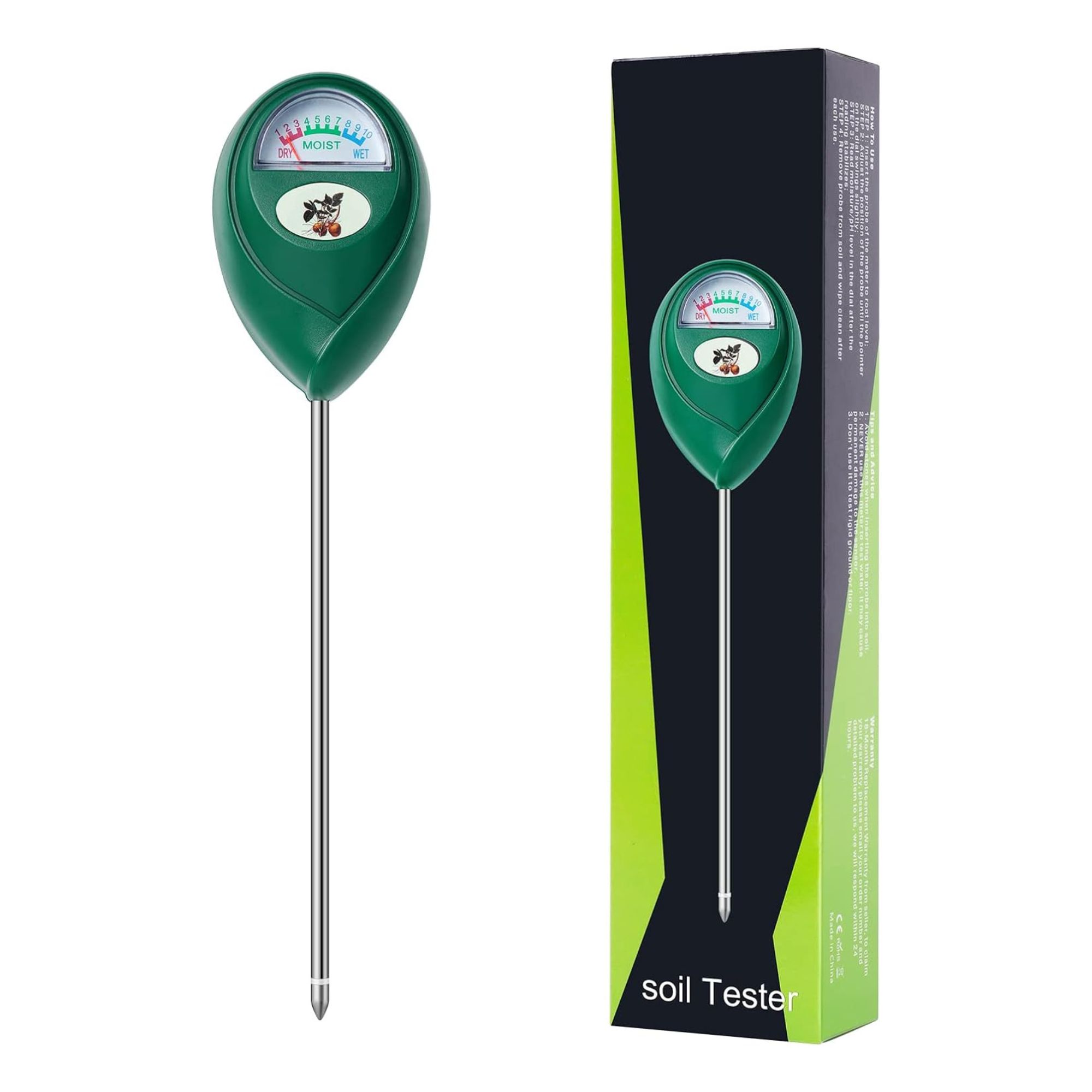Why is my cyclamen drooping? 5 reasons this happens - and how to perk it up in time for Christmas, according to experts
Don’t worry; there’s plenty you can do to perk your cyclamen back up
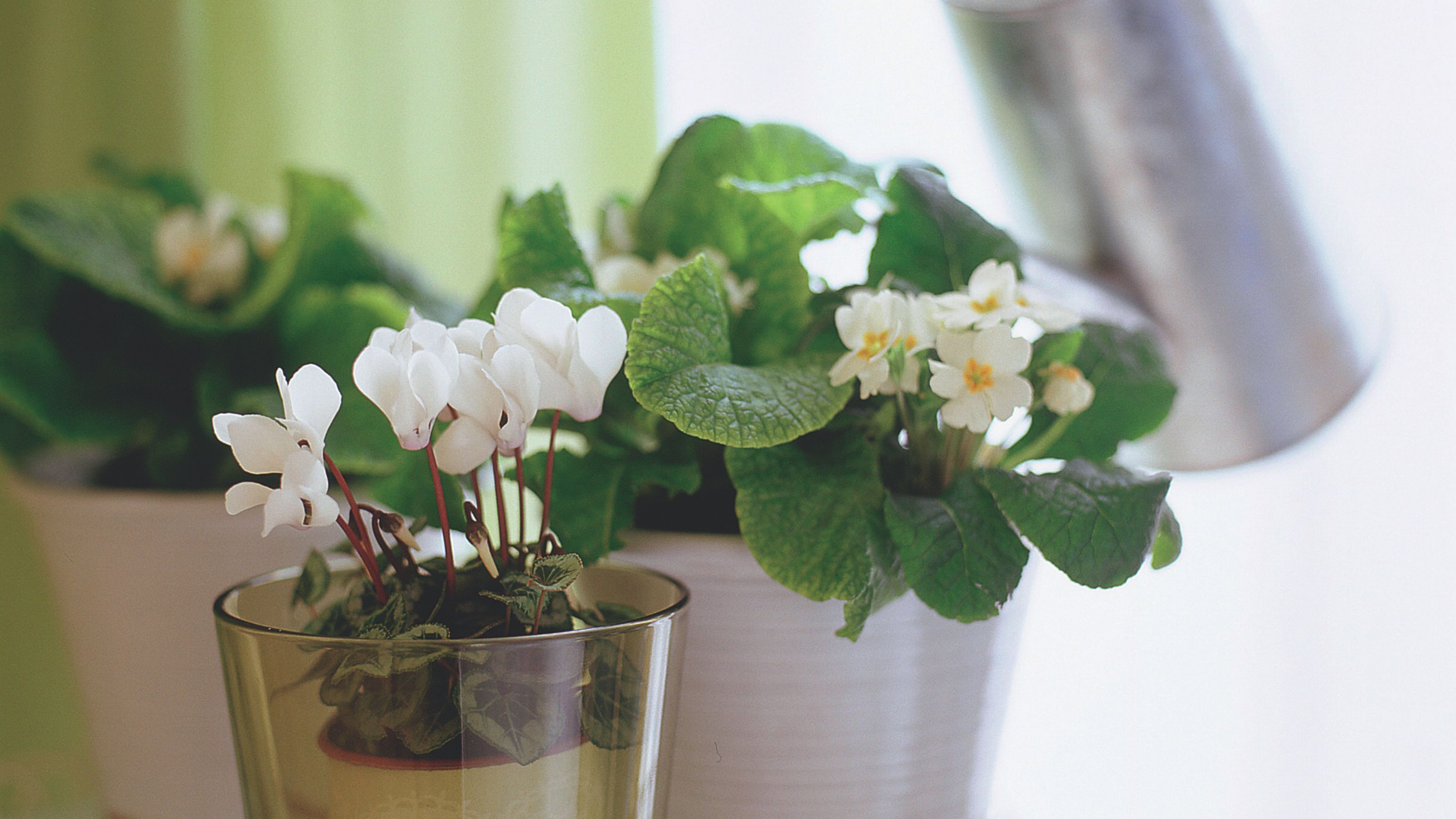

With its butterfly-shaped blooms and winter colour, growing cyclamen is always a good idea. But knowing why your cyclamen is dropping is key if your plant is looking a little worse for wear, and you want to give it a new lease of life.
Although it can be grown outside, cyclamen is also considered one of the best Christmas houseplants for the festive season. Offering winter flowers that are almost guaranteed to bloom on Christmas day, cyclamen can serve as the centrepiece for your Christmas tablescape or add some colour to your windowsills to counteract the winter gloom.
But while it's relatively easy to learn how to grow cyclamen indoors, it does need some TLC to truly thrive. It needs the right amount of light, water, and fertiliser, and it’s a good idea to understand its growing cycle to understand why your cyclamen may be drooping. Then, you can focus on fixing these problems before it’s too late.
1. It’s been overwatered
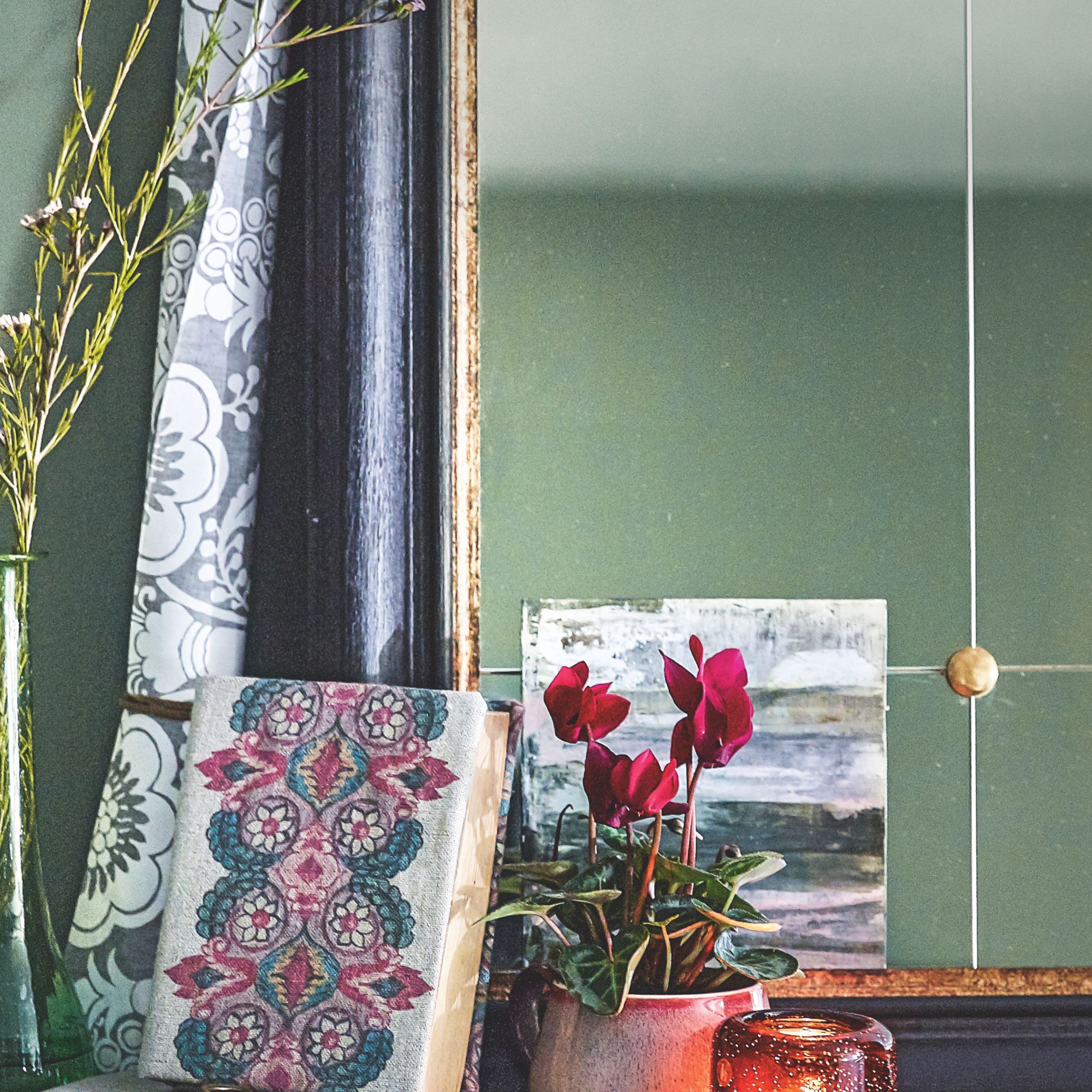
Overwatering is one of the main reasons a plant’s leaves turn yellow - and also why they may start drooping.
David Denyer, expert florist at Eflorist, explains, ‘One of the most common reasons I see for drooping cyclamen is overwatering. These plants prefer their soil to dry out a bit between waterings. If you water too frequently, or if the pot doesn’t drain well, the roots can become waterlogged and begin to rot. When that happens, the plant struggles to take up nutrients and water, which leads to drooping leaves.’
Thankfully, there are ways to save an overwatered plant - if you don’t leave it too late. For starters, you need to stop watering for a while. Then, David says, ‘Make sure your pot has good drainage, and only water when the top inch or two of soil feels dry. If the soil seems too compacted or isn’t draining well, consider repotting with a well-draining mix.’
2. It’s in the wrong location
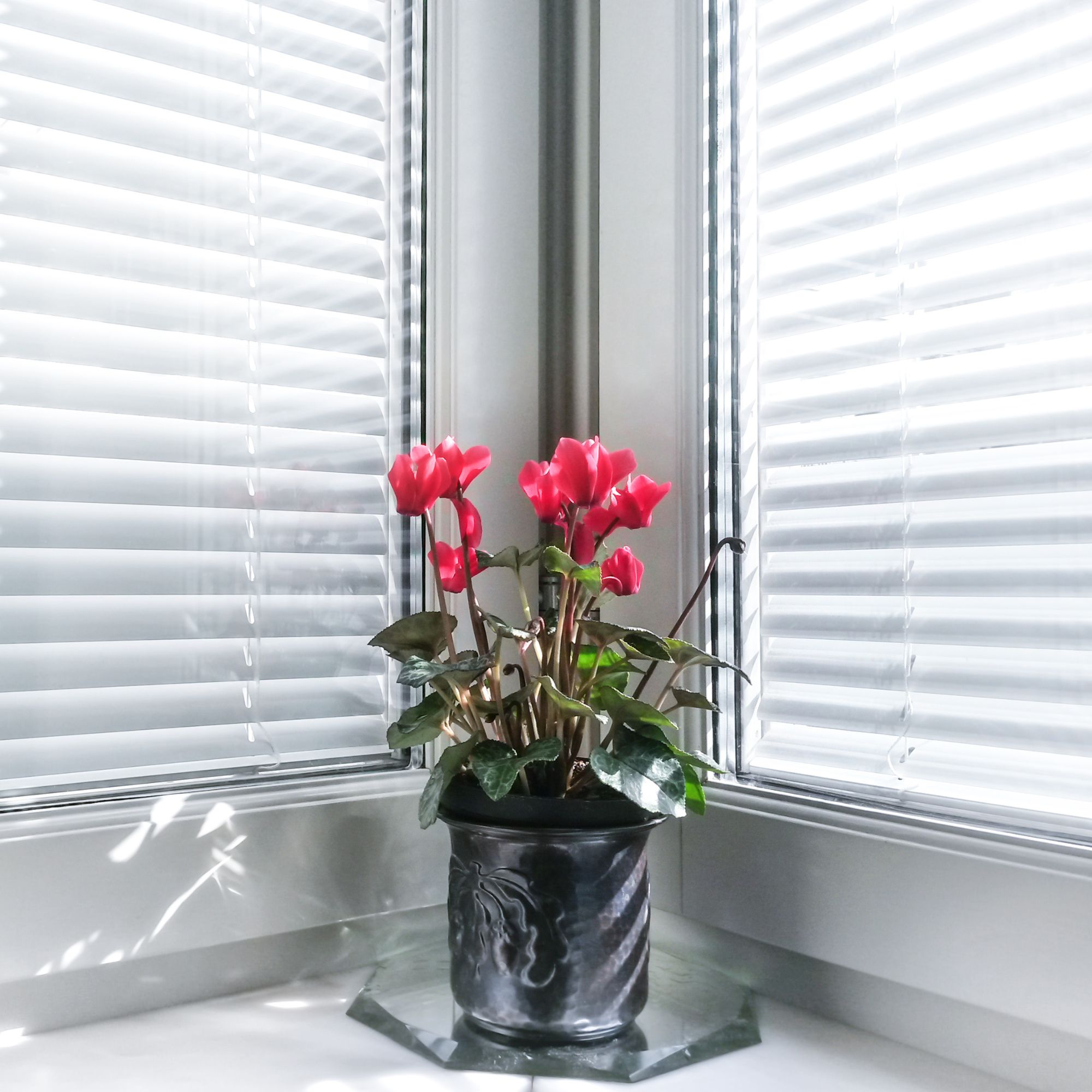
You can learn a lot from a plant from its flowering period. Generally, summer-flowering plants love the sunshine and warmth while winter-flowering plants prefer cooler climes - and this is definitely the case with cyclamen. So, heat stress could be a factor if your cyclamen is drooping.
Morris Hankinson, Managing Director of Hopes Grove Nurseries, says, ‘Cyclamen prefer to grow in 10-18°C and are not tolerant of extremes. If you have cyclamen by a radiator or in full sun, it may well droop. Move it to a place with a consistent temperature in bright, indirect light.’
Sign up to our newsletter for style inspiration, real homes, project and garden advice and shopping know-how
Of course, this can be difficult in the winter as you put your heating on regularly, so you may need to move it a few times before you find the ideal location for your cyclamen.
3. It’s been over-fertilised
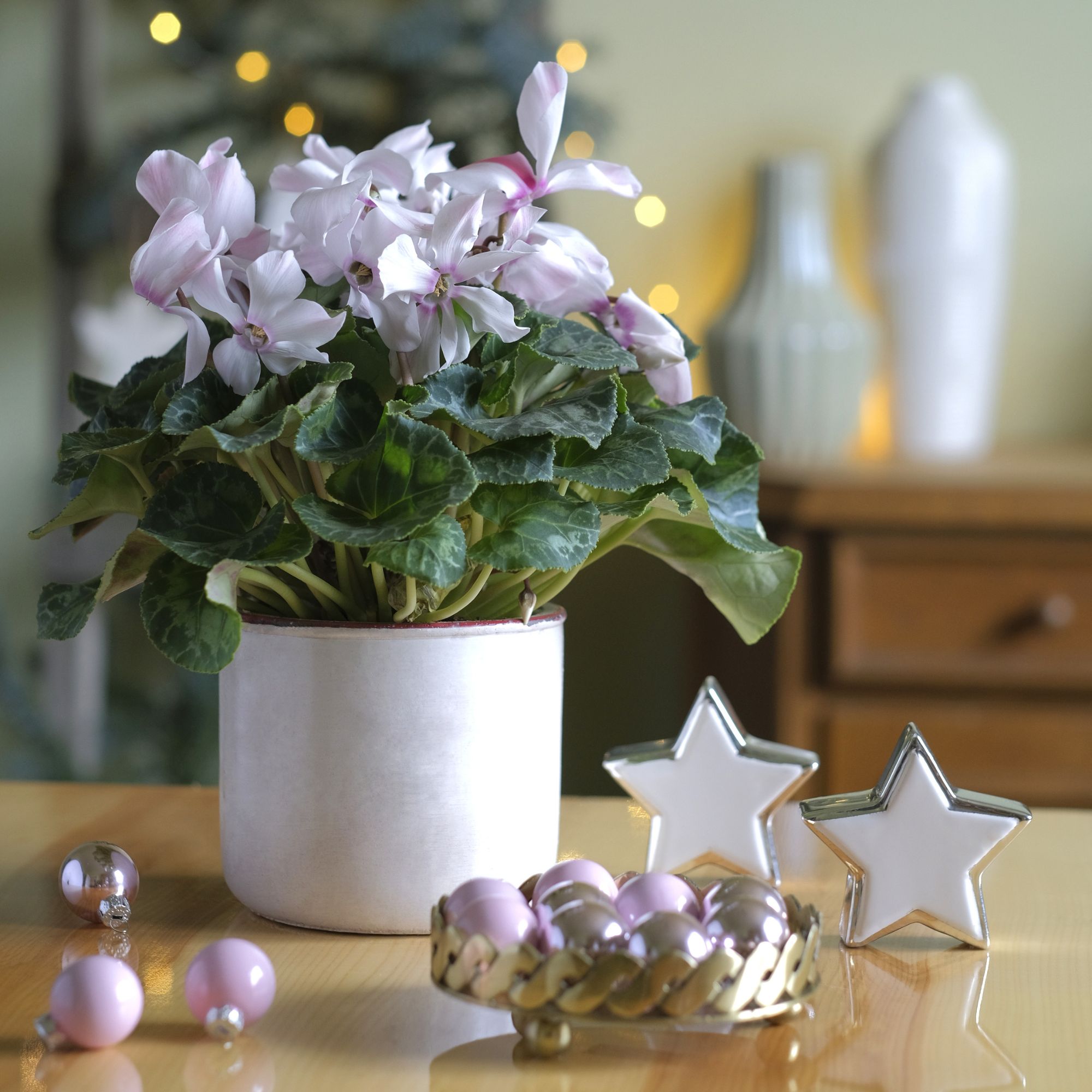
If you want to ensure a happy, healthy, and blooming cyclamen for Christmas, fertilising it can be a good idea. And while there are many fertilisers you can make at home, it’s also very easy to over-fertilise your plant - and this too can cause a droopy cyclamen.
‘While it's tempting to give your plants a lot of nutrients, cyclamen don’t require heavy feeding. Too much fertiliser can cause a buildup of salts in the soil, which stresses the roots and contributes to drooping leaves,’ warns David. Don’t worry too much if you’ve done this, as over-fertilisation will rarely result in the death of your cyclamen. You’ll need to cut back, though.
And if you don’t want to risk feeding your cyclamen at all, Morris has suggested an alternative. ‘Ideally, plant cyclamen in a well drained soil or a gritty good quality compost if in a pot. Make sure the pot has drainage holes and there should be no need to add feed.’
4. It’s struggling with pests or disease
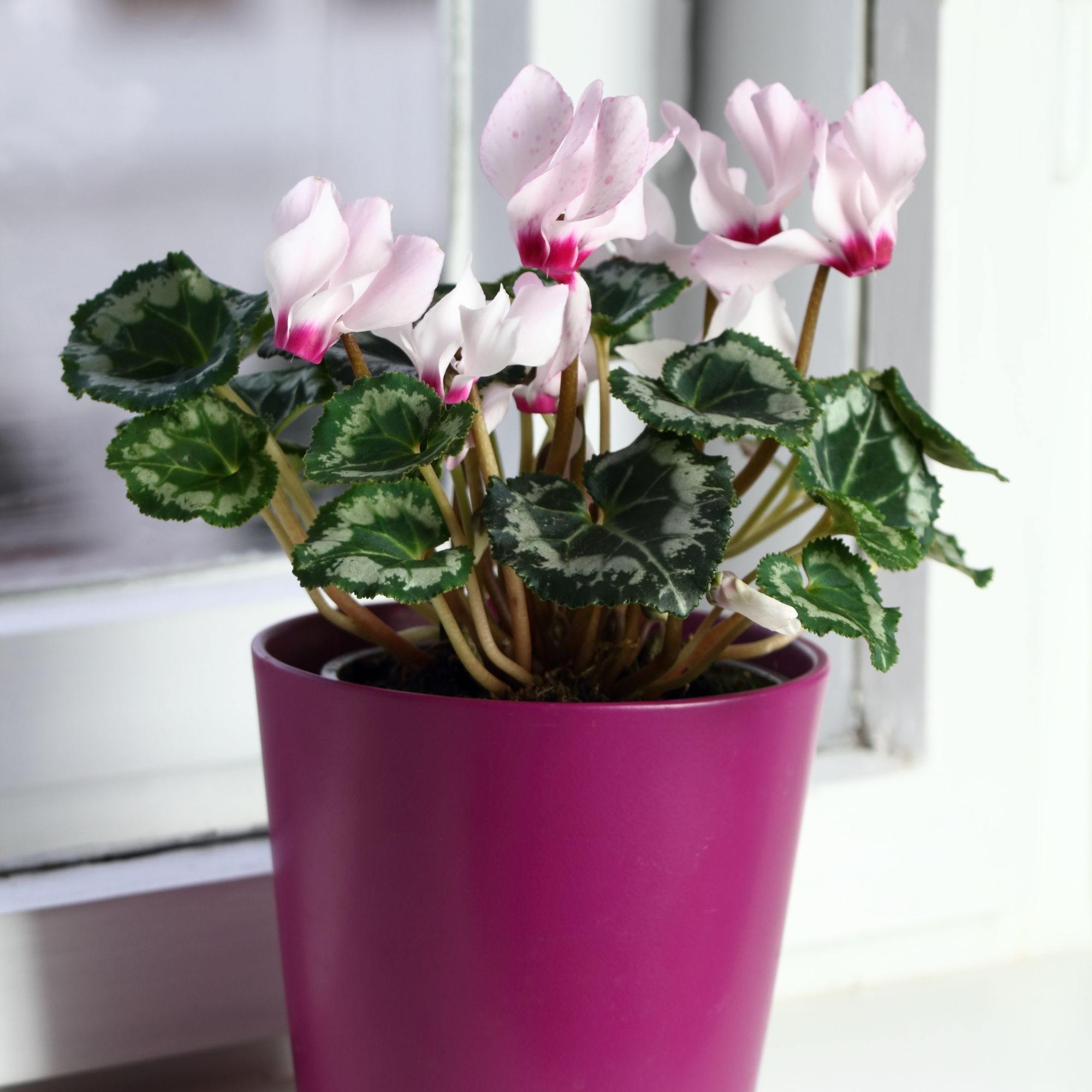
While there are many pests you shouldn’t ignore in the garden, many people fail to realise that indoor plants can also be affected by pests and diseases. In fact, these could be the reason your cyclamen doesn’t look as sprightly as it should.
‘Common culprits like aphids, mealybugs, and spider mites feed on the plant’s sap, causing wilting and drooping,’ explains David. ‘Additionally, fungal issues such as powdery mildew or cyclamen mites can weaken the plant, leading to drooping and even leaf drop.’
Of course, your first port of call is to identify the problem and focus your treatment on getting rid of aphids or treating powdery mildew. However, most cases can be treated in the same way.
David says, ‘If you suspect pests, give your plant a good inspection and treat it with insecticidal soap or neem oil. For fungal issues, remove any affected leaves and use a fungicide. Also, keeping your plant in a spot with good air circulation can help prevent these problems.’
5. It’s in its dormant period
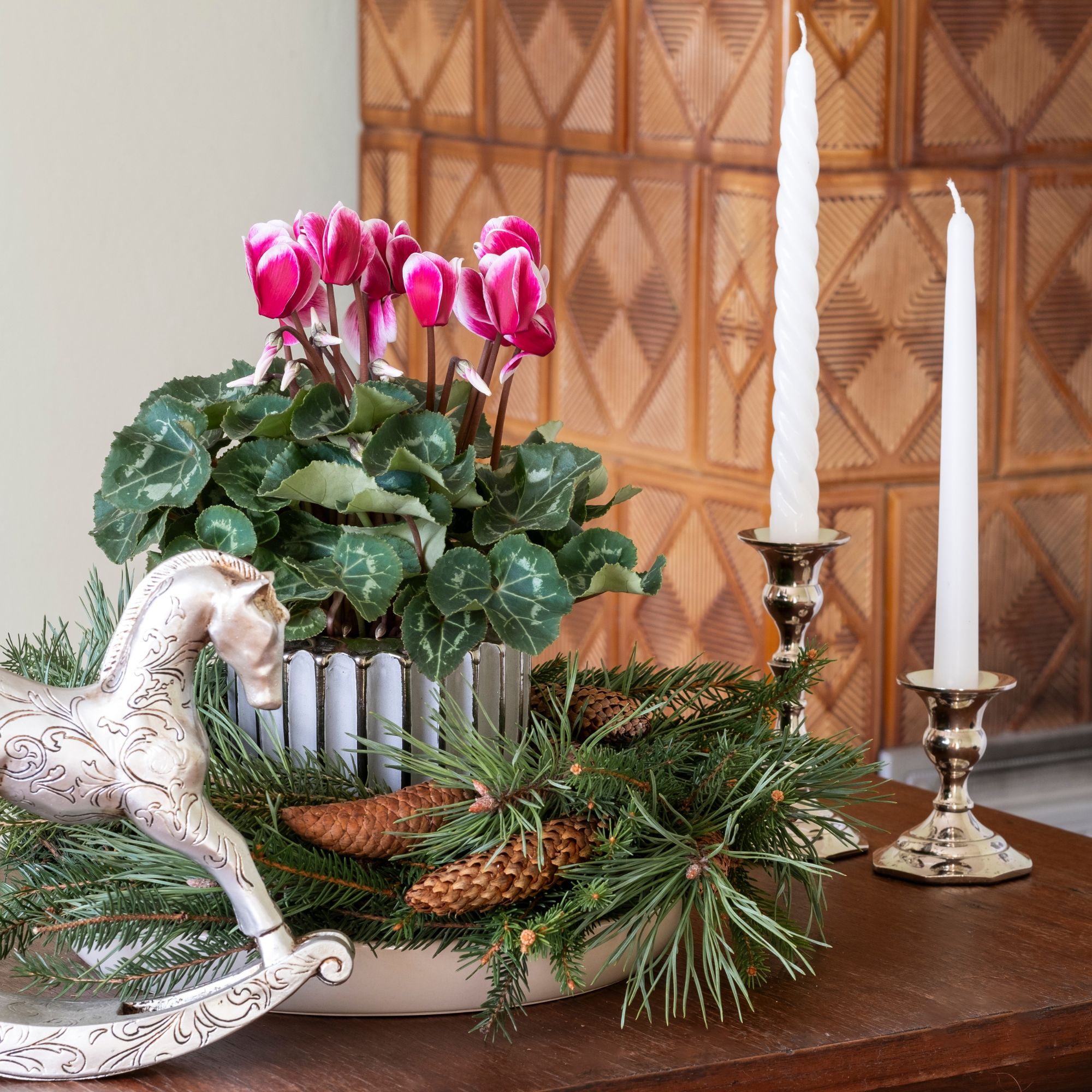
Although houseplants rarely enter periods of dormancy, you have to remember that cyclamen isn’t your typical houseplant. It can be grown both inside and outside, which means that dormancy could be the reason why your cyclamen is drooping.
David says, ‘Many people don’t realise that cyclamen naturally go dormant after their flowering period. During this time, it’s perfectly normal for the leaves to droop, and, in some cases, die back completely. So, don’t panic — it’s just part of the plant’s life cycle. Keep it in a cool, dry place, and once new growth appears, you can start watering and caring for it as usual.’
Just leave it to its own devices for a while and it should bounce back in no time.
FAQs
What does an overwatered cyclamen look like?
If you’re worried you’ve overwatered your cyclamen, look out for any (or all) of the following signs:
- Yellow leaves.
- Drooping leaves.
- Rotten stems or visibly rotten roots.
- Poor or stunted growth.
- Wilted flowers.
- Mushy, brown crown.
How often should you water cyclamen?
During the growing season, you should water your cyclamen at least once a week - but you should always keep an eye on the top layer of soil. If it feels dry to the touch, you may need to increase this watering schedule.
During the dormant period (which is for around two months in the spring), you should reduce your watering schedule to prevent overwatering. Once every two weeks should be enough, especially if you move your cyclamen to a cooler, darker place during this dormant period.
With this information in tow, you should hopefully now know why your cyclamen is drooping - and what you can do to fix it.

Lauren Bradbury has been the Content Editor for the House Manual section since January 2025 but worked with the team as a freelancer for a year and a half before that. She graduated with a Bachelor’s degree in English and Creative Writing from the University of Chichester in 2016. Then, she dipped her toe into the world of content writing, primarily focusing on home content. After years of agency work, she decided to take the plunge and become a full-time freelancer for online publications, including Real Homes and Ideal Home, before taking on this permanent role. Now, she spends her days searching for the best decluttering and cleaning hacks and creating handy how-to guides for homeowners and renters alike, as well as testing vacuums as part of her role as the Ideal Home Certified Expert in Training on Vacuums, having spent over 110 hours testing different vacuum models to date!
